Canadian writer and producer Christopher Moloney takes us back to movie locations with this unique project.
Read MoreRussian Celebrity Prankster is at it again!
But how?!
Read More'Woman and Sense’’

"Women and Sense" is a project collaboration of fashion photographer Elena Popykhova and fashion illustrator Sirana Petrosyan from University of the Arts. It is an installation of 6 pictures created by using collages made from artist’s previous works and pages from magazines.
The collection ''Woman and Sense'' is dedicated to a strong, independent and sophisticated woman who succeeded in virtue of her strange extraordinary sense. Her selfish desire of willing to enjoy herself is demonstrated by her inner world which is coming out from her hair, face and body. Power woman is a global trend which is about a successful, powerful woman, who wants to fill the space with her inner world all around herself. The artist expressed that by using black lines, watercolors, salt and bright graphic collages. Forms and poses of the heroine tell us about her strength, self-confidence and rigidity.
ARTIST HIGHLIGHT: YURIY AKOPOV
If you listen to what the artist wants, as a craftsman, you work to bring the artist’s vision to fruition.
Read MoreNiki de Saint Phalle

Half French, half American, and bilingual, Niki de Saint Phalle was (born Catherine-Marie-Agnès Fal de Saint Phalle, 29 October 1930 – 21 May 2002) was a French sculptor, painter, and filmmaker. Niki de Saint-Phalle taught herself painting and rose to artistic prominence through her colorful monumental outdoor sculptures of extravagantly voluptuous female figures. Early in her career, she became known for the abstract paintings she made by placing paint-filled bags above canvases and shooting them—a form of protest against patriarchy and rigidity. Her passionately lived life provides the raw material for her works. Driven in part by aggressiveness, in part by the joy of life and love, and infused with humor and an enormous capacity for work, de Saint Phalle has been able to make the wounds of life productive for her art.

Niki de Saint Phalle, “Heads of State (Study for King Kong)” (spring 1963) (© BPK, Berlin, Dist. RMN-Grand Palais/Michael Herling/Benedikt Werner)
After her childhood in an upper middle-class family and a strict Catholic education in an American convent-school, among other schools she attended, Niki eloped at eighteen with a young American, Harry Mathews, and had two children. Following a psychological breakdown she used painting as therapy while still in the mental hospital—her early art was thus the attempt of an autodidact to transform her dreams and terrors into images. The idea of the “shooting paintings” evolved: white sculptures and assemblages with enclosed containers of paint which would be shot at, thus releasing aggression and causing the paint to pour over the image. The “shooting paintings” attracted attention and were de Saint Phalle's first success. She said of them: “In 1961 I shot at Papa, at all men, at important men, fat men, men, my brother, society, the church, the convent, school, my family, my mother….” The campaign of liberation carried out in the “shooting paintings” reached its conclusion with the monumental image King Kong.

Niki de Saint Phalle, “Les Trois Grâces” (“The Three Graces”) (1995–2003) (photo by Veronique Bidinger)
And then there were the Nanas, which made their creator famous. The first figures, still made of wire and fabric, were exhibited in Paris in 1964. In 1966 the first large project followed in Stockholm's Moderna Museet: a 27-meter-long reclining female figure which could be walked through, entering via the vagina. She was the original mother of all the Nanas to follow; monstrous, serenely happy, brightly painted, provocative and outrageous, the Nanas would soon captivate the world.
"A revolution is a struggle to the death between the future and the past." ~ Fidel Castro
Hollywood has lost one of its iconic TV moms.
I’m synesthetic (a condition where one type of stimulation evokes the sensation of another), so my colors and textures are eclectic while having a strong unifying undertone.
"My work deals with the undefined, with sensuality, and with the interaction between strength and fragility. "
"Thinking outside of the box lends a unique creative focus motivating me to consistently come up with fresh ideas to sell or buy art and real estate."
Meet Alex Biffin and get to know Australia's HOTTEST Export! These boys hit the Vegas stage every night to deliver a fully interactive and intimate experience. When in Vegas ladies ...
ART by VADIM STEIN PHOTOGRAPHY
The perfection of Forms
Read MoreFrom 6-Year old imagination, to reality
Meet Dom and his Dad. This father / son duo create magic.
Read MoreDANCING NAKED IN THE NIGHT
Hundreds of dancers around the world disrobed for a Jordan Matter Dancers After Dark photography.
Read MoreWould you burn $15,000 Louis Vuitton case for the sake of Art ?
Louis Vuitton Trunk on Fire by Tyler Shields
Read MoreIllustrator Completes His Cut-Out Dresses With Everyday Objects
Gorgeous designs with some extra oomph
Read MoreSee inside the mind of Frances Bean Cobain
Kurt Cobain's 23-year-old daughter sells her art online
Read MoreSophie Derrick Art
Her work incorporates the two mediums of painting and photography. She has a great interest in the materiality and substance of paint, and executes this interest through photography, creating a juxtaposition of the two mediums. Shephotograph the act of painting on toskin and then paints on top of the photographs, creating a layering of image of paint and painted image. Her body becomes the canvas for the paint, questioning the traditional concept of painting and portraiture, and the barriers between painting and photography. The body becomes both object and subject in the work.
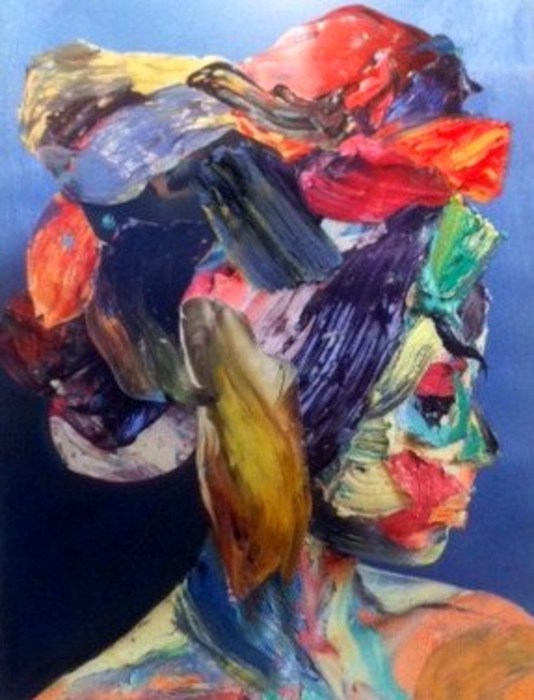

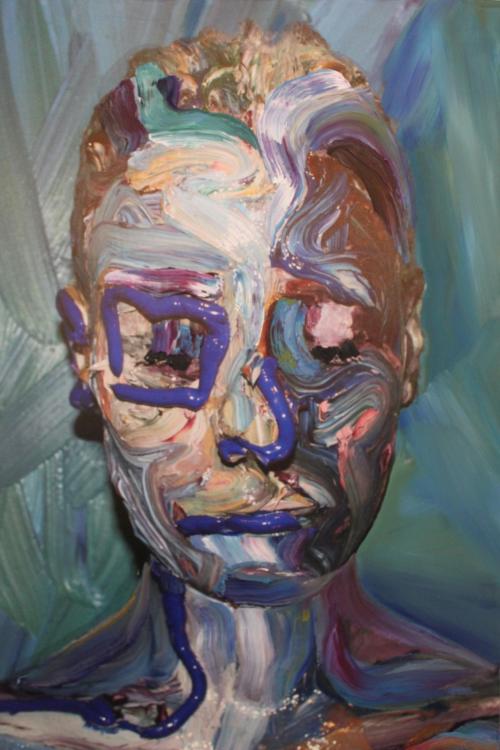
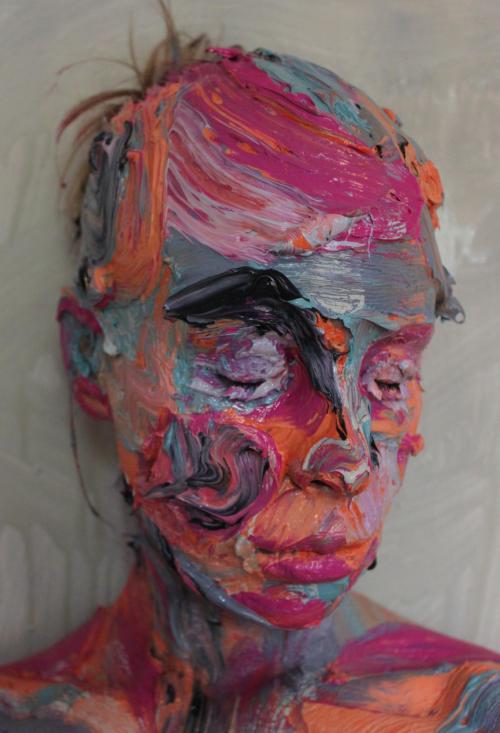
Modern or retro, between the aesthetics of pin-up 50s and that of manga, tinged with pop and resolutely "hip-hop".
The series by Sebastian Errazuriz is a documentation of love, relationships, and personal vulnerability.
Introducing Sipho Mabona, the cool paper-crafter pushing the boundaries.
Monica Piloni Art
An artist who is helping us have more creative nightmares.
Read MoreLOUI JOVER ART
The hand drawn stark black lines against the intricate printed words of the book pages offer a strange fusion and depth that seems to give the images a kind of 'meaning' and back story, even though unconnected in a contrived way
Read More






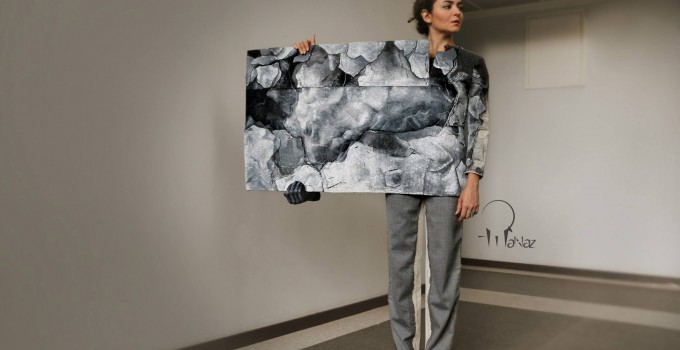
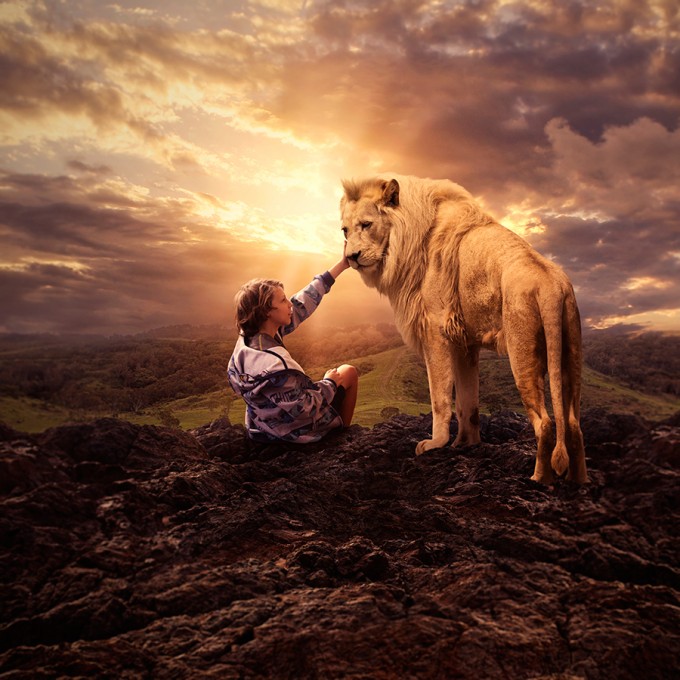


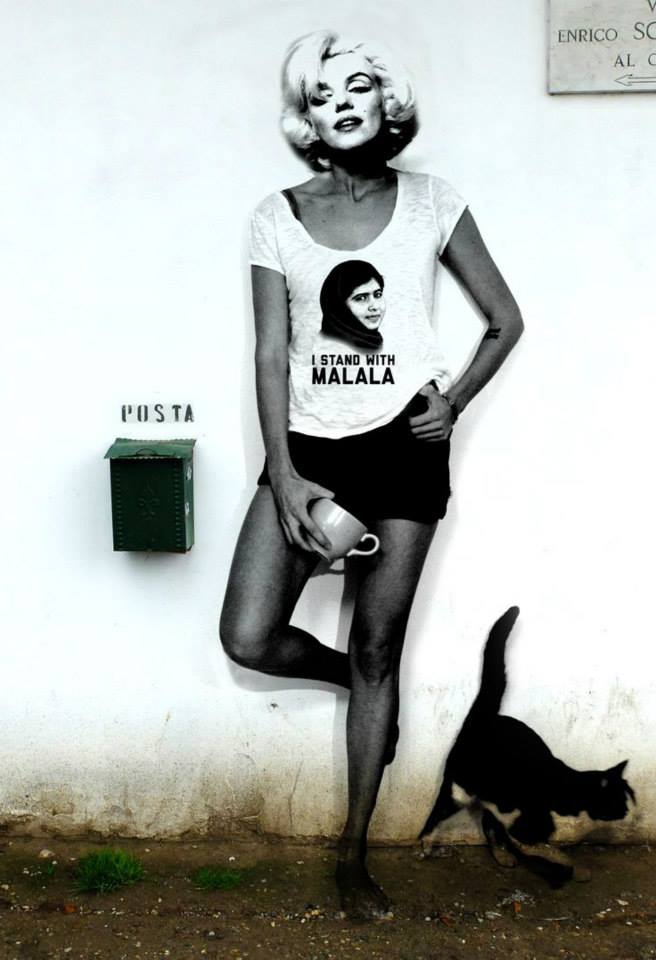


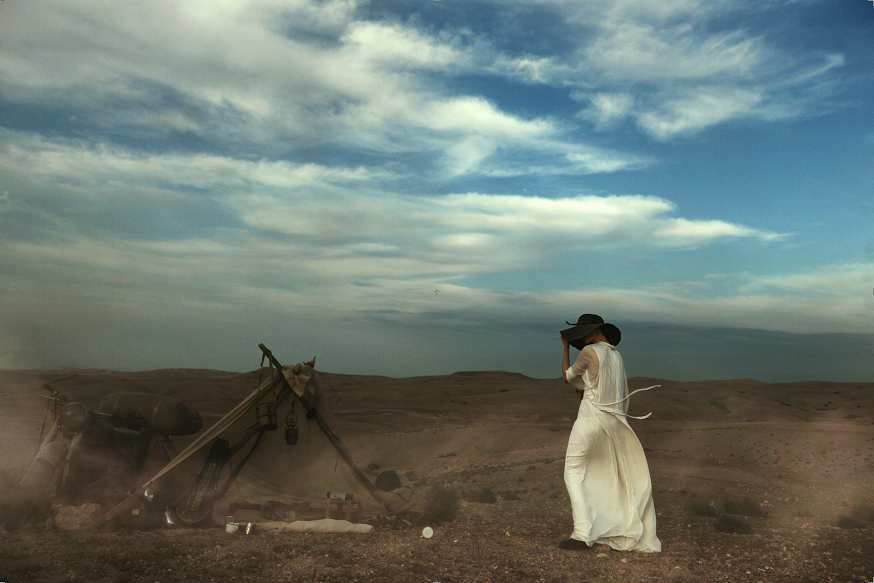

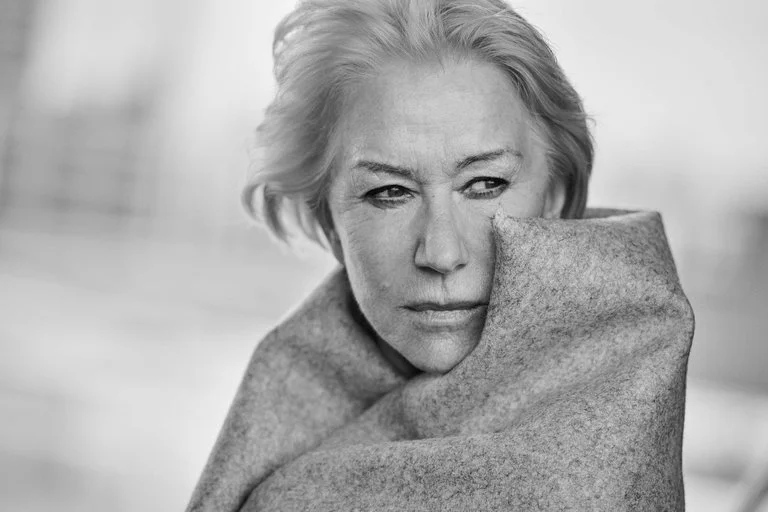







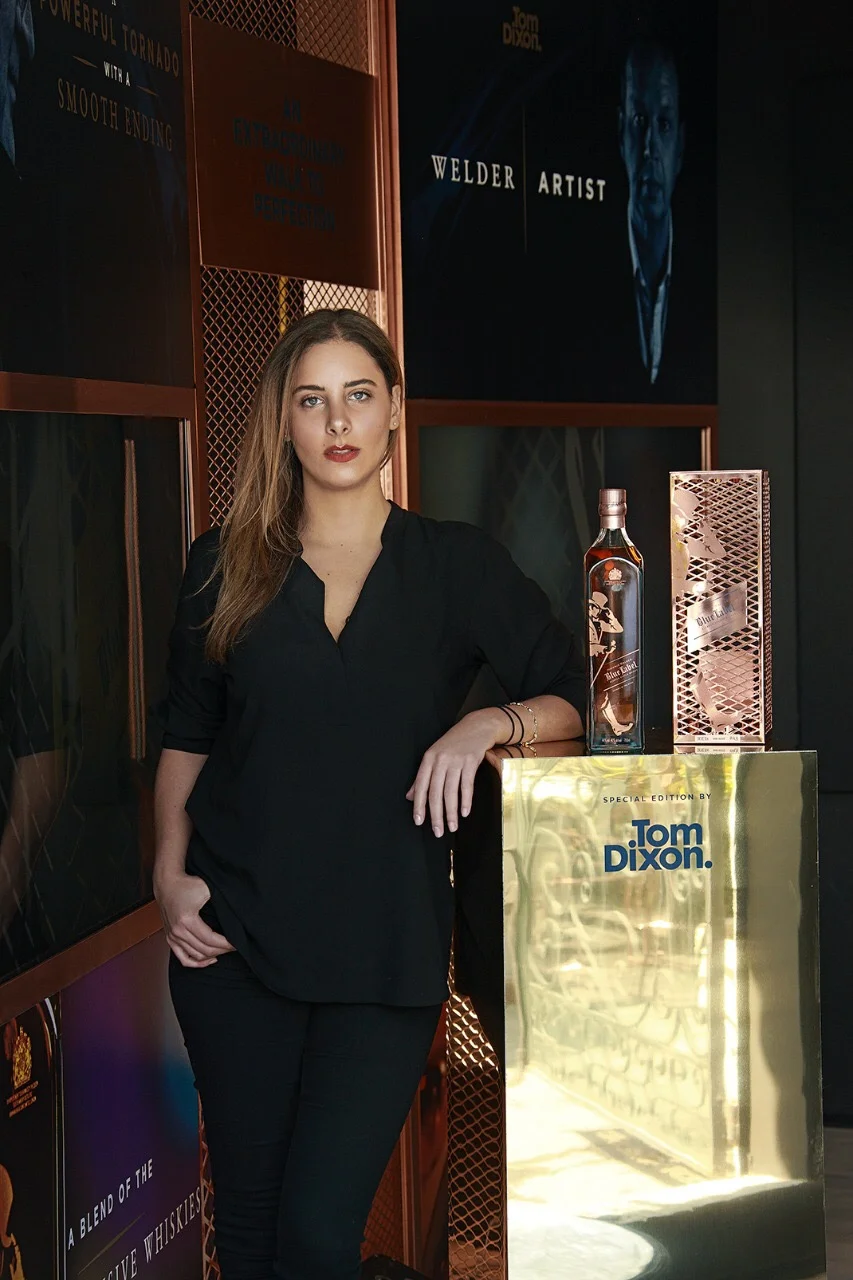




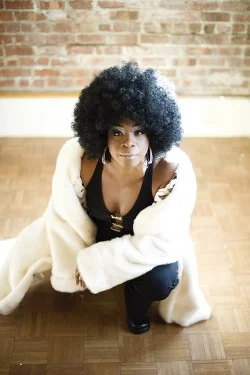






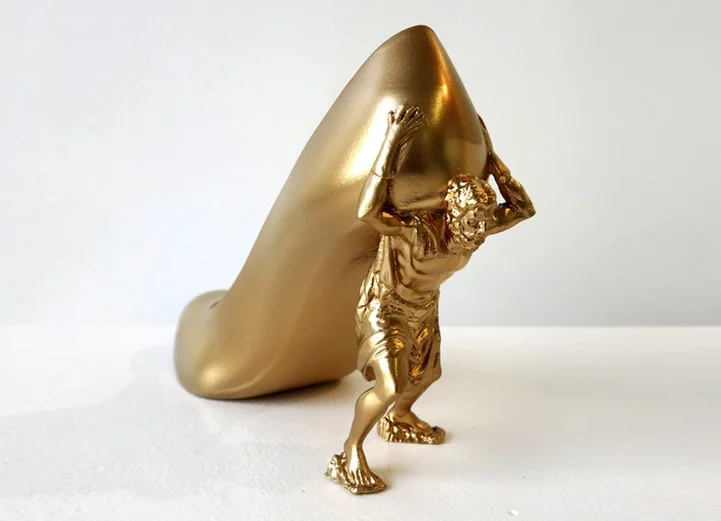


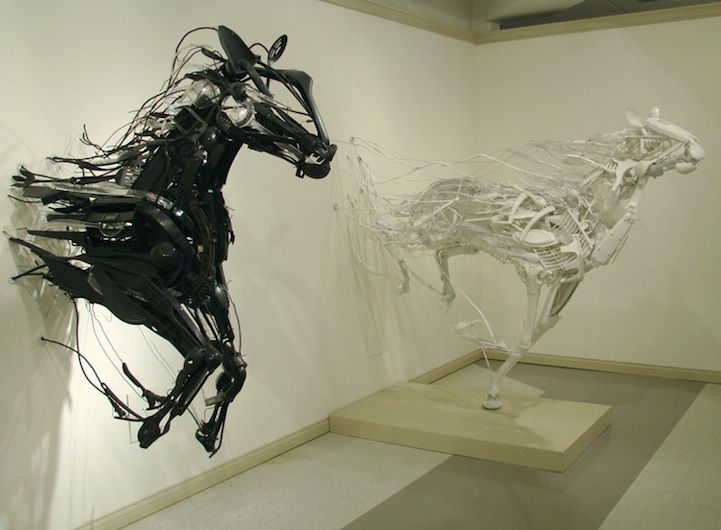



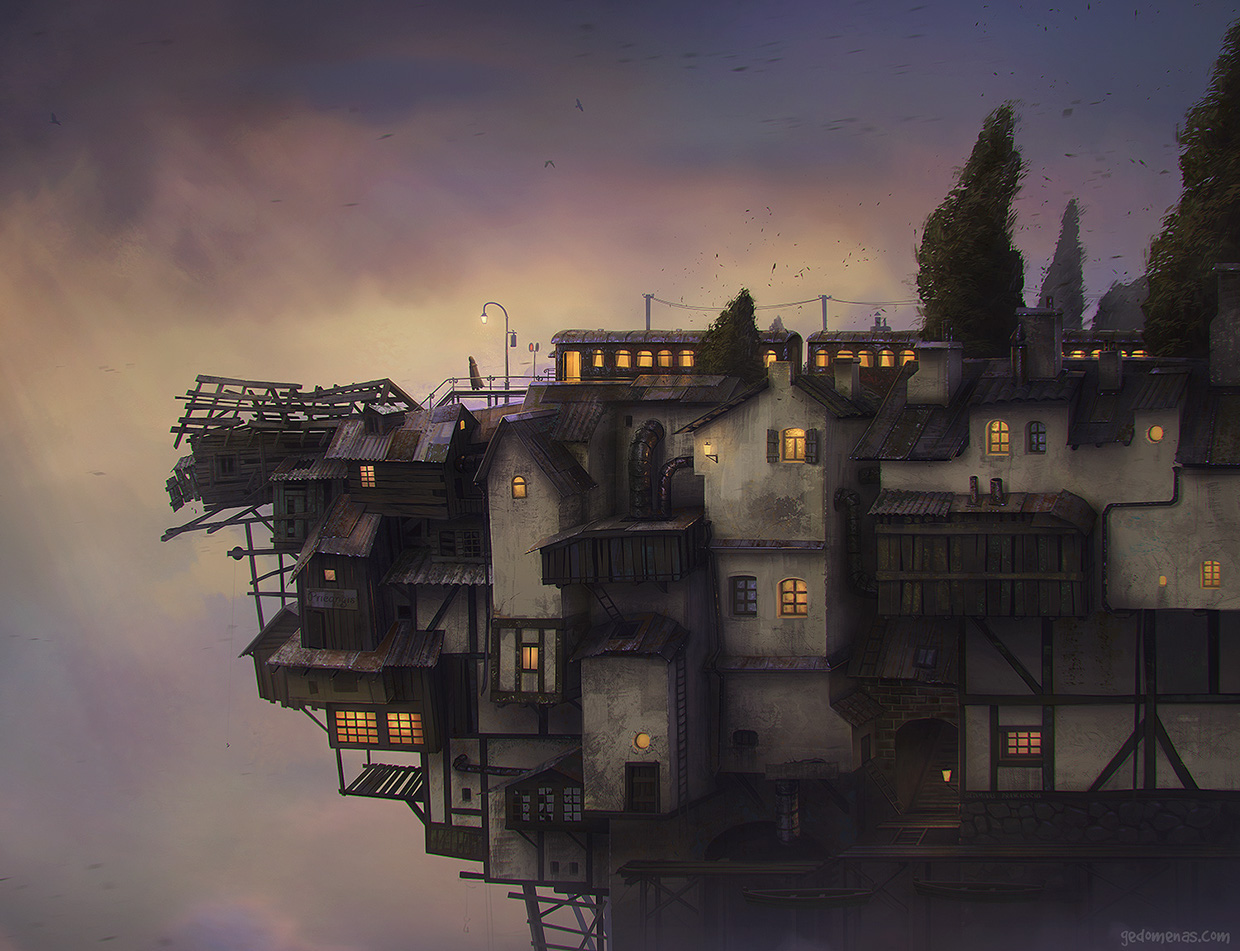
Nature and Individual